
Fujifilm is enhancing its long-term reputation as a high-quality photographic company, stretching back to 1934, with a growing line-up of fabulous Fujinon GF lenses for its highly acclaimed medium format GFX system cameras. The Fujinon GF 250mm F4 R LM OIS WR takes its place as the longest telephoto lens so far, with an ‘effective’ focal length of about 200mm in full-frame terms (198mm to be precise). And if that’s not long enough for your liking, the lens is also compatible with the GF 1.4X TC WR teleconverter, which boosts telephoto power to 280mm, equivalent to 277mm on a full-frame camera with a smaller image sensor. Naturally, you’ll get the usual 1 f/stop reduction in aperture rating when adding the teleconverter.
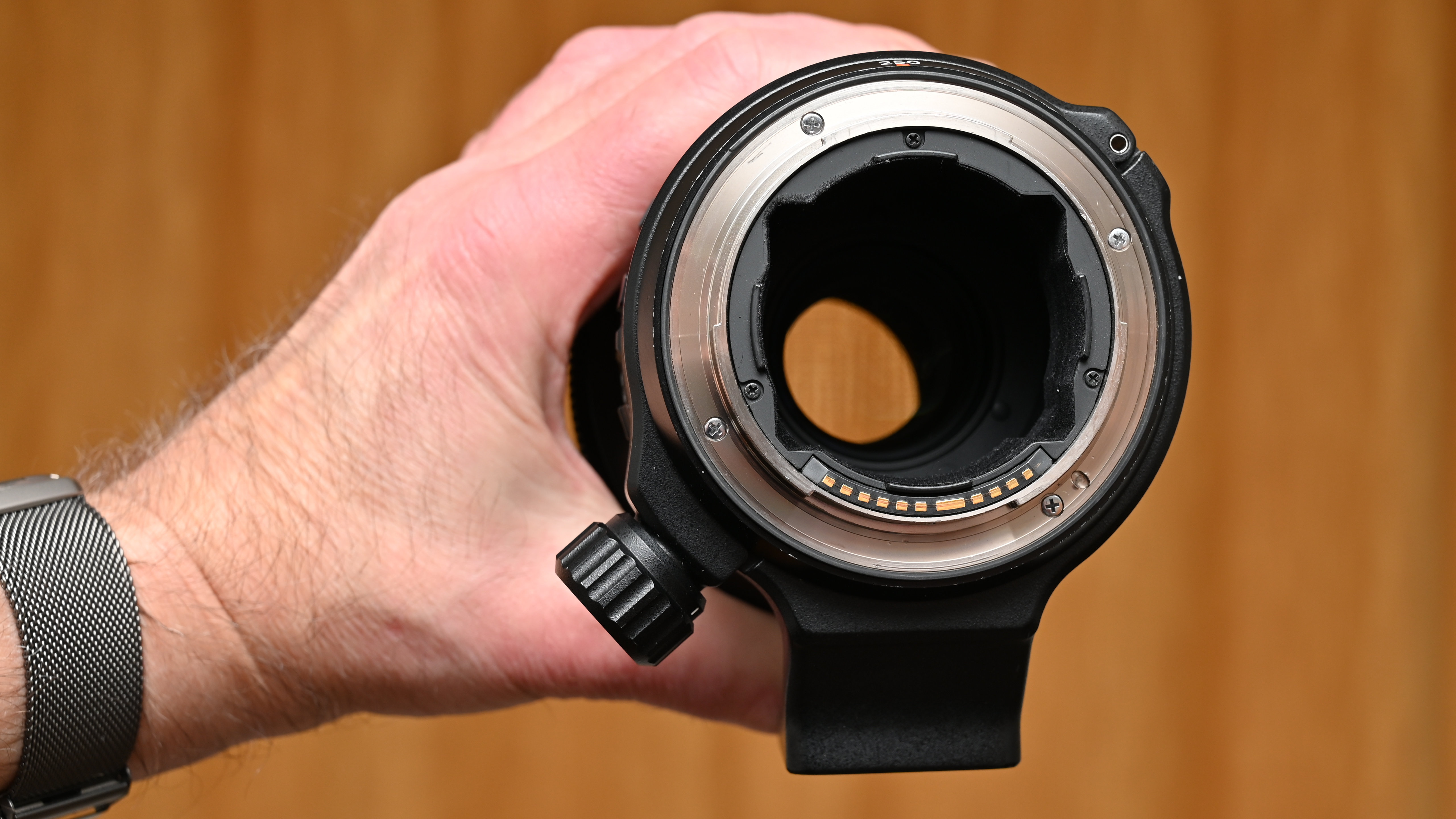
Fujinon GF 250mm F4 R LM OIS WR: What's changed?
With Fujifilm’s more established APS-C format X system, stretching back to 2011, there’s a relatively large selection of lenses to choose from, not only own-brand Fujinon but also with lenses from independent manufacturers. The medium format GFX system is relatively recent, launched in 2017. As such, there are fewer lenses to choose from but the range includes plenty of top-quality prime lenses, a handful of zooms and a couple of new tilt-shift lenses. If you’re in the market for a telephoto prime, this GF 250mm is the most obvious option, the next steps down in telephoto reach being the GF 120mm F4 R LM OIS WR Macro and GF 110mm F2 R LM WR, with full-frame effective focal lengths of 95mm and 87mm respectively.
Fujinon GF 250mm F4 R LM OIS WR: Specifications
Fujinon GF 250mm F4 R LM OIS WR: Price & Availability
Compared with crop-sensor cameras and even full-frame bodies, medium format cameras require a much larger image circle from lenses, to cover the larger sensors. That means relatively large-diameter glass elements and, coupled with the kind of quality photographers expect from a medium format system, that equates to big price tags. It’s no surprise that this is an expensive lens, retailing for around £2,799/$3,299.
Fujinon GF 250mm F4 R LM OIS WR: Design & Handling
The optical design is based on 16 elements arranged in 10 groups, so there’s a lot of glass in this lens. To enhance contrast, clarity and color quality, while minimizing unwanted aberrations, the lens features two large-diameter ED (Extra-low Dispersion) elements towards the front of the optical path, and a Super ED element a little further back. As I’d expect from this class of lens, it has a fully internal focus mechanism so the front element (and 82mm filter attachment thread) neither extend nor rotate throughout the focusing range. Autofocus itself is driven by a fast and virtually silent linear stepping motor. That’s generally preferred nowadays, as it enables fast and snappy autofocus for stills along with smooth transitions when shooting video.

You might feel there’s a bit of a question mark over the lens having an f/4 aperture rating rather than a faster f/2.8 aperture. However, medium format is a different game to full-frame, and the choice of f/4 enables a tight depth of field at this focal length, while avoiding the lens becoming too heavy and unwieldy. As it is, the lens is no lightweight, measuring 108x204mm and weighing in at 1,425g. As such, it comes complete with a tripod mounting collar, which can be completely removed if you’d rather ditch it for handheld shooting. With that in mind, the lens also features a 5-stop optical image stabilizer.
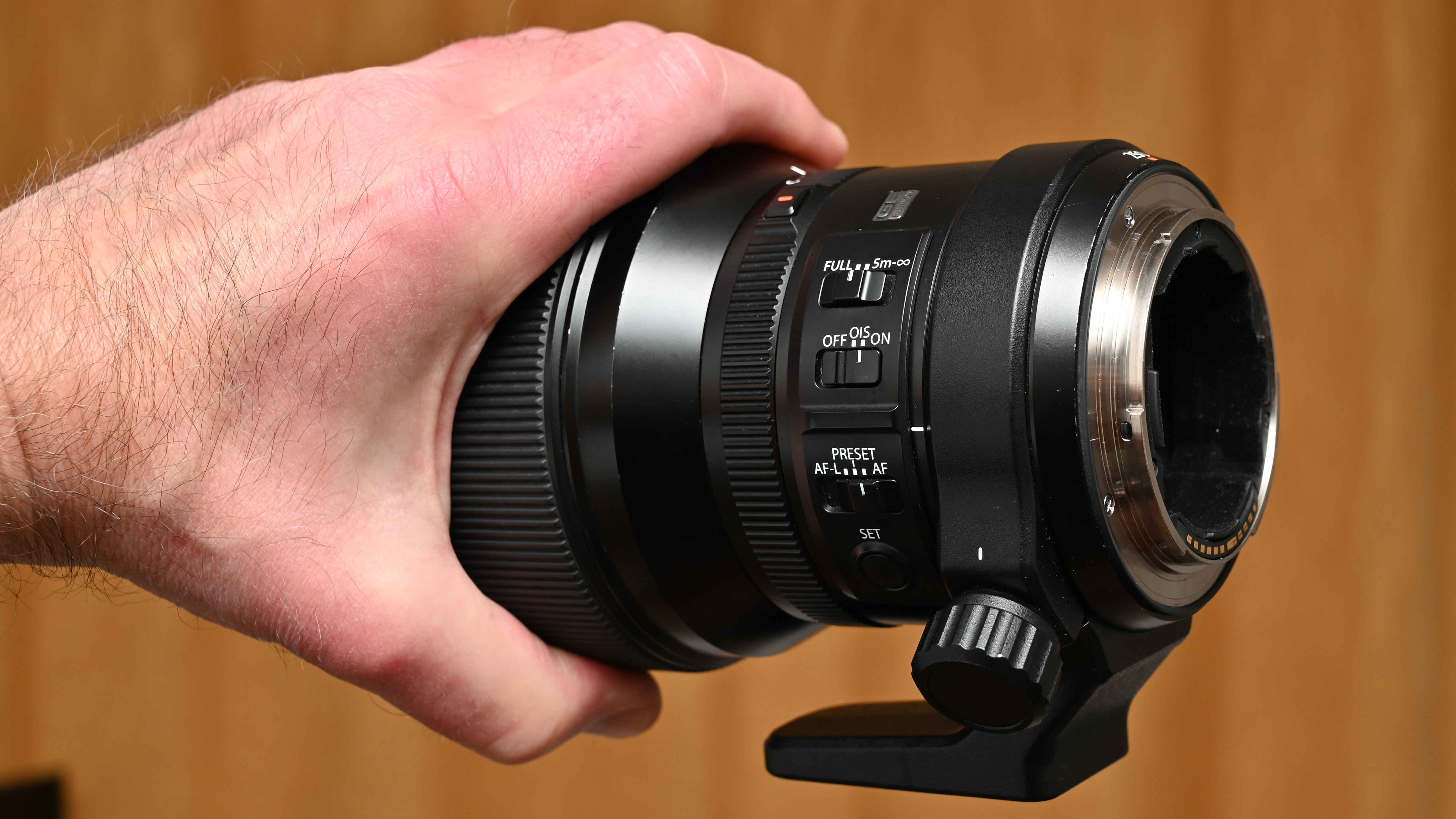
I like the extensive range of controls featured in the lens. Like many Fujinon lenses in both X and GF mount variants, it has an aperture control ring. This comes complete with a switch for locking it in the Camera-control and Auto positions, along with 1/3rd f/stop click steps for the whole range of f/4 to f/32. However, there’s no de-click option, which would be an advantage when shooting video. Just behind the aperture ring and within easy reach, there’s an autofocus range limiter switch which can lock out the short range closer than 5m and an optical image stabilizer on/off switch. Just below these are an autofocus switch with AF-Lock, Preset and AF positions, plus a Set button, which you can use to lock in a focus distance in Preset AF mode. Up front is a rank of four customizable AF-On or AF-Lock buttons, evenly spaced around the lens barrel for natural use at any camera orientation.
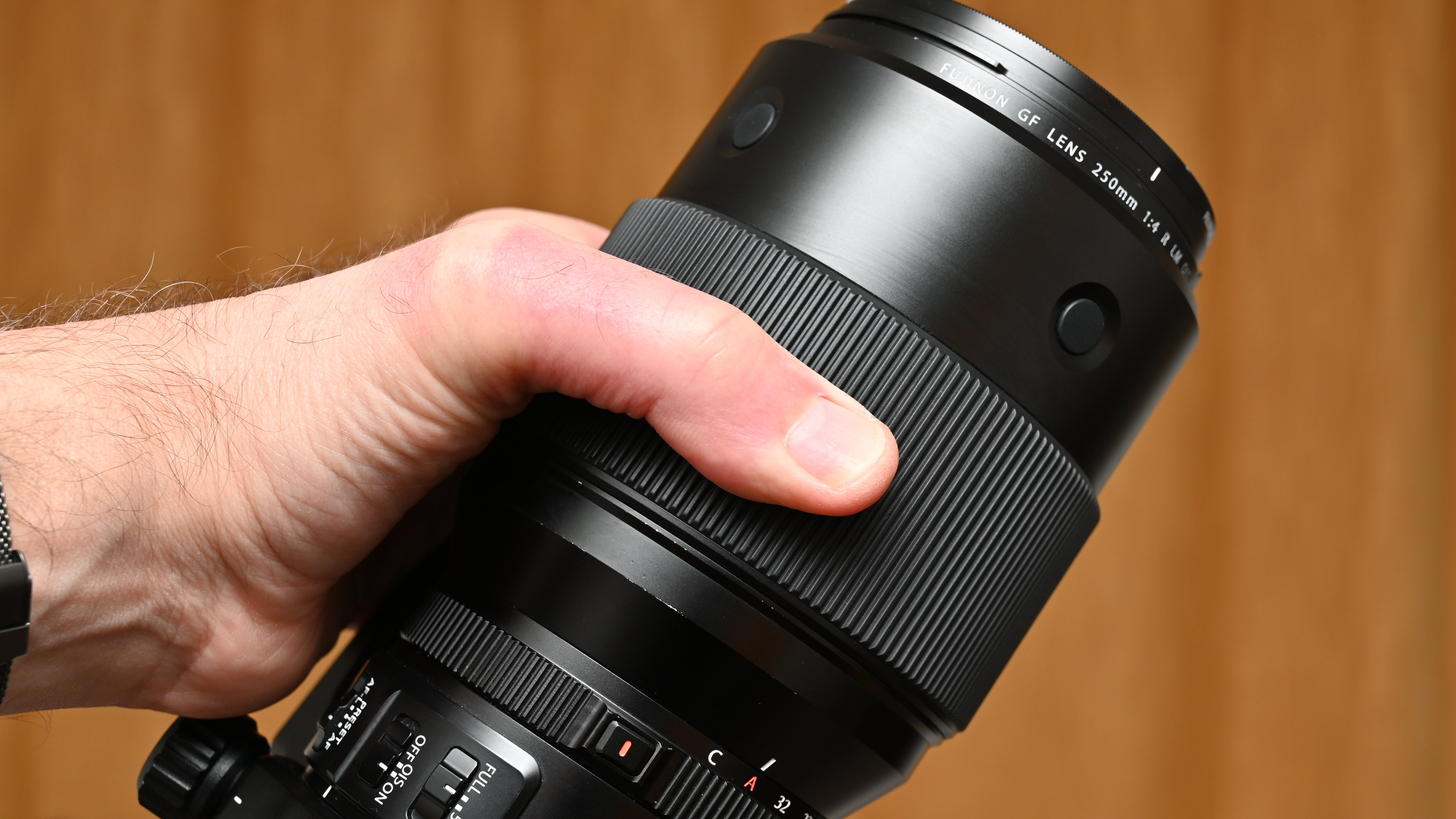
All in all, handling is excellent, thanks to the wide range of intuitive controls. The electronically coupled manual focus ring also works with smooth precision. In terms of build quality, the lens feels very solid and robust. The construction includes an extensive set of weather-seals and the lens is guaranteed to perform down to at least -10 degrees Celsius (14F).
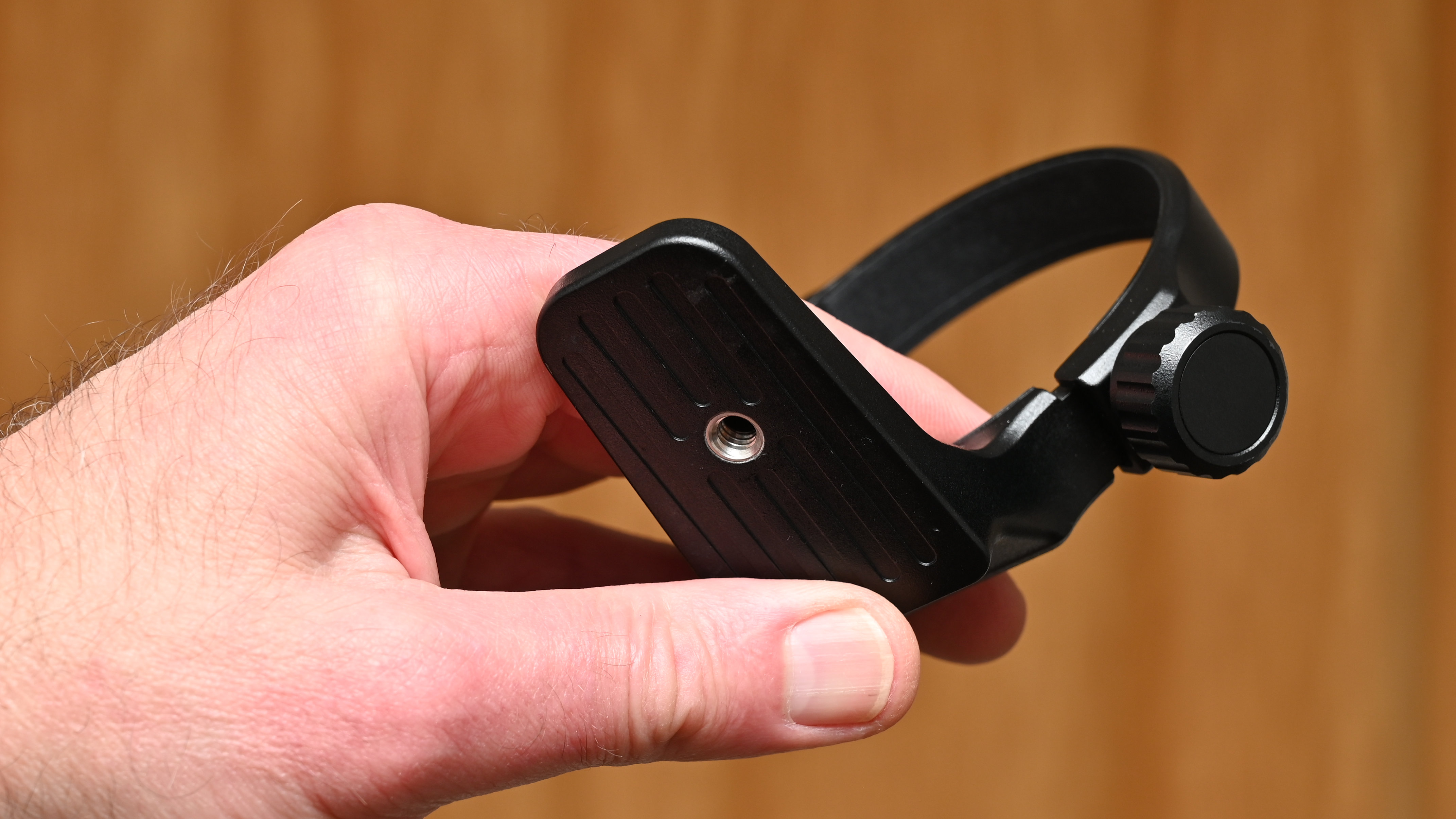
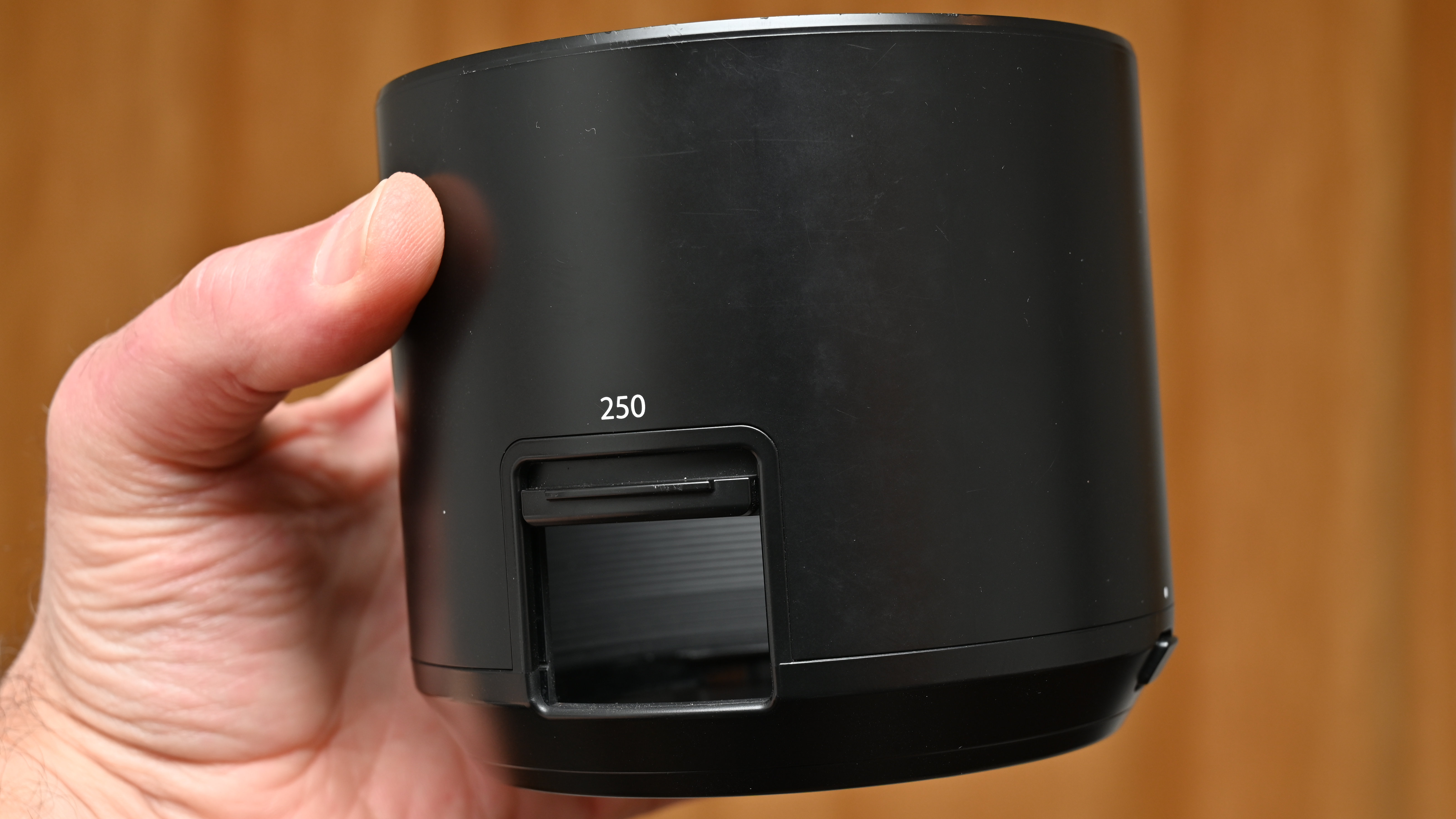
Fujinon GF 250mm F4 R LM OIS WR: Photo Performance
Living up to its billing, autofocus is very fast and consistently accurate, and well able to track moving subjects effectively. Similarly, the 5-stop optical image stabilizer really earns its keep in handheld shooting. Image quality is every bit as good as I’ve come to expect from Fujinon GF lenses. Razor-sharpness is more than adequate to make the very most of the 102 megapixel image senor in the Fujifilm GFX 100 II, with I used while testing the lens.

As I’ve mentioned, the 250mm focal length and f/4 aperture rating are capable of delivering a tight depth of field. More importantly, the actual quality of bokeh is wonderfully smooth, with a very natural roll-off in the transition between in-focus and defocused areas. Both axial and lateral chromatic aberrations are extremely well controlled, as is distortion. All things considered, this lens really is a top performer.

Fujinon GF 250mm F4 R LM OIS WR: Sample Images
This gallery of images was taken with the lens on a Fujifilm GFX 100 II, in and around Victoria Park, Bath, UK.



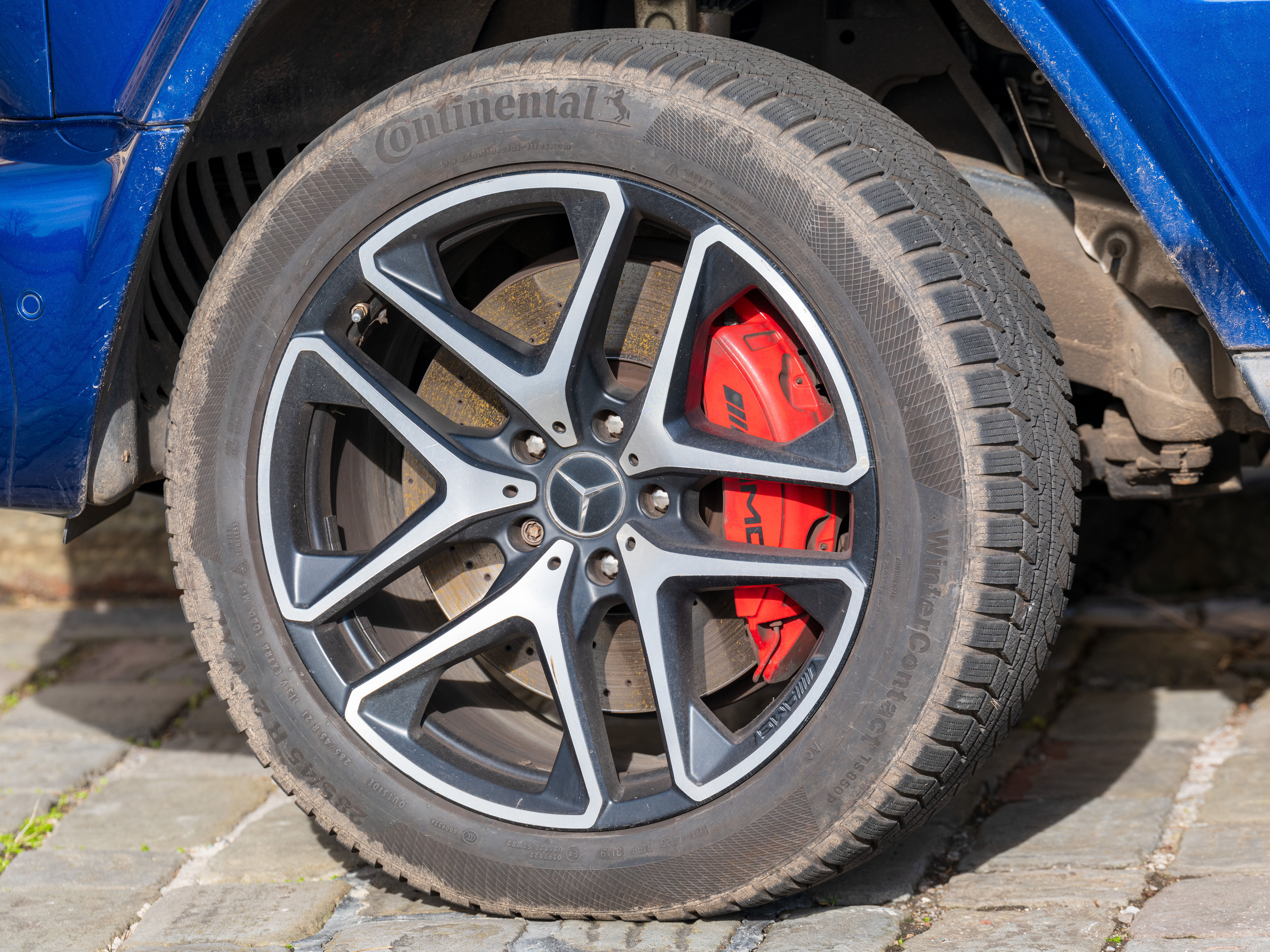







Fujinon GF 250mm F4 R LM OIS WR: Lab Results
We run a range of lab tests under controlled conditions, using the Imatest Master testing suite. Photos of test charts are taken across the range of apertures (and zoom lengths where available), then analyzed for sharpness, distortion and chromatic aberrations.
We use Imatest SFR (spatial frequency response) charts and analysis software to plot lens resolution at the center of the image frame, corners and mid-point distances, across the range of aperture settings and, with zoom lenses, at four different focal lengths. The tests also measure distortion and color fringing (chromatic aberration).
Sharpness:
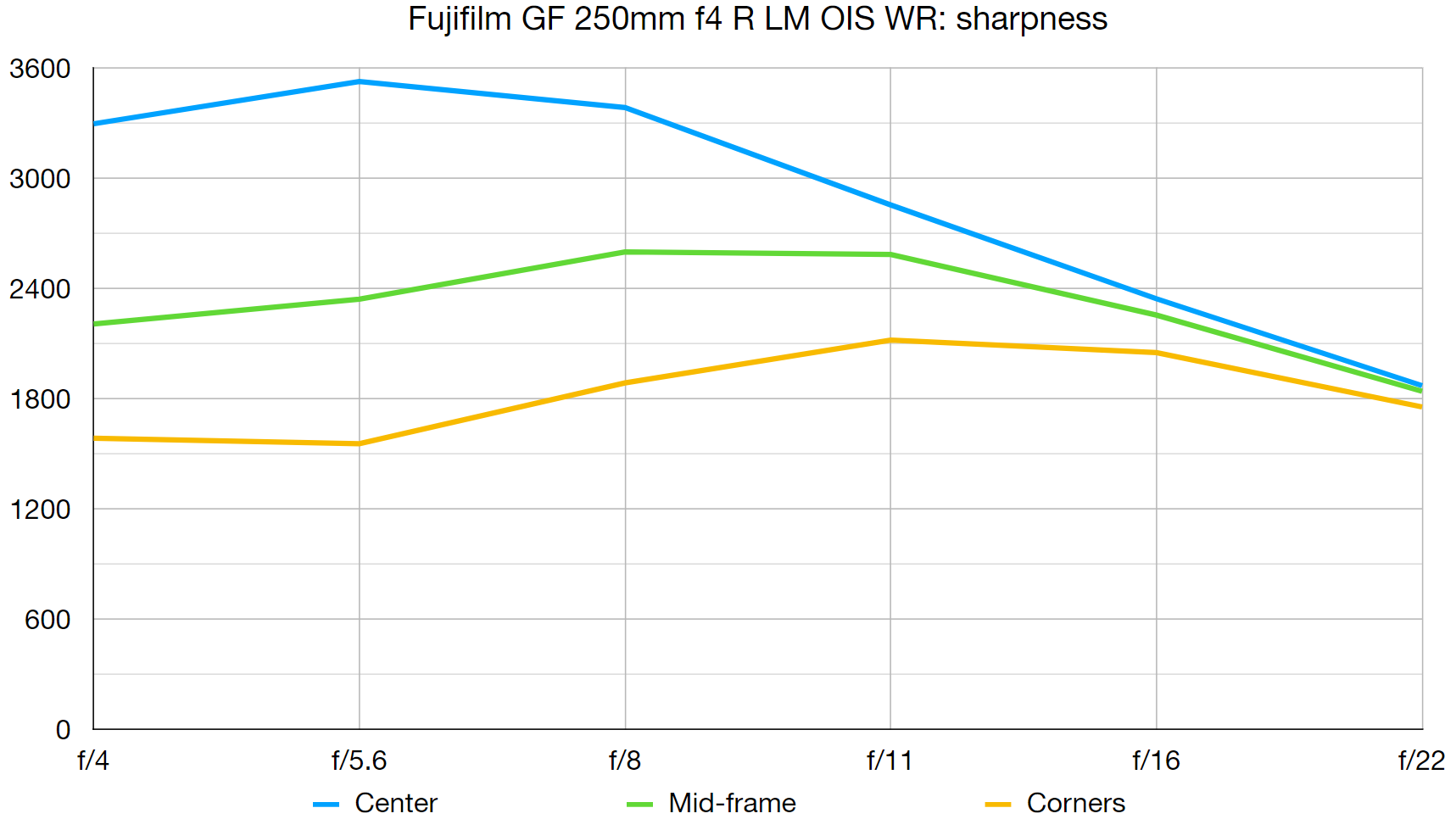
Sharpness across most of the frame is simply stunning, even when shooting wide-open at f/4, and remains very good at the extreme edges and corners. Sharpness gets even better if you stop down a little, but not by much as it’s so good to start with.
Fringing:

Color fringing is extremely well controlled. There’s virtually no fringing to be seen anywhere across the image frame, even without invoking automatic correction.
Distortion: 0.39
Typical of telephoto lenses, there’s a little pincushion distortion, but in real-world shooting, rather than lab test conditions, it’s generally unnoticeable.
Fujinon GF 250mm F4 R LM OIS WR: Verdict

Tough, weather-sealed build quality, super-fast autofocus, highly effective 5-stop optical image stabilization and spectacular image quality make this a truly professional-grade medium format lens for Fujifilm’s GFX system. I love the wide-ranging controls that enhance handling, although I can accept that videographers would like the ability to de-click the aperture control ring. Even so, this is an exceptional lens that’s well worth its exotic asking price.
Should you buy the Fujinon GF 250mm F4 R LM OIS WR?
✅ Buy this...
- Stunning image quality
- Good telephoto reach
- Pro-grade construction
🚫 Don't buy this...
- No de-click aperture option
- Typically expensive for GF
- Quite large and weighty







